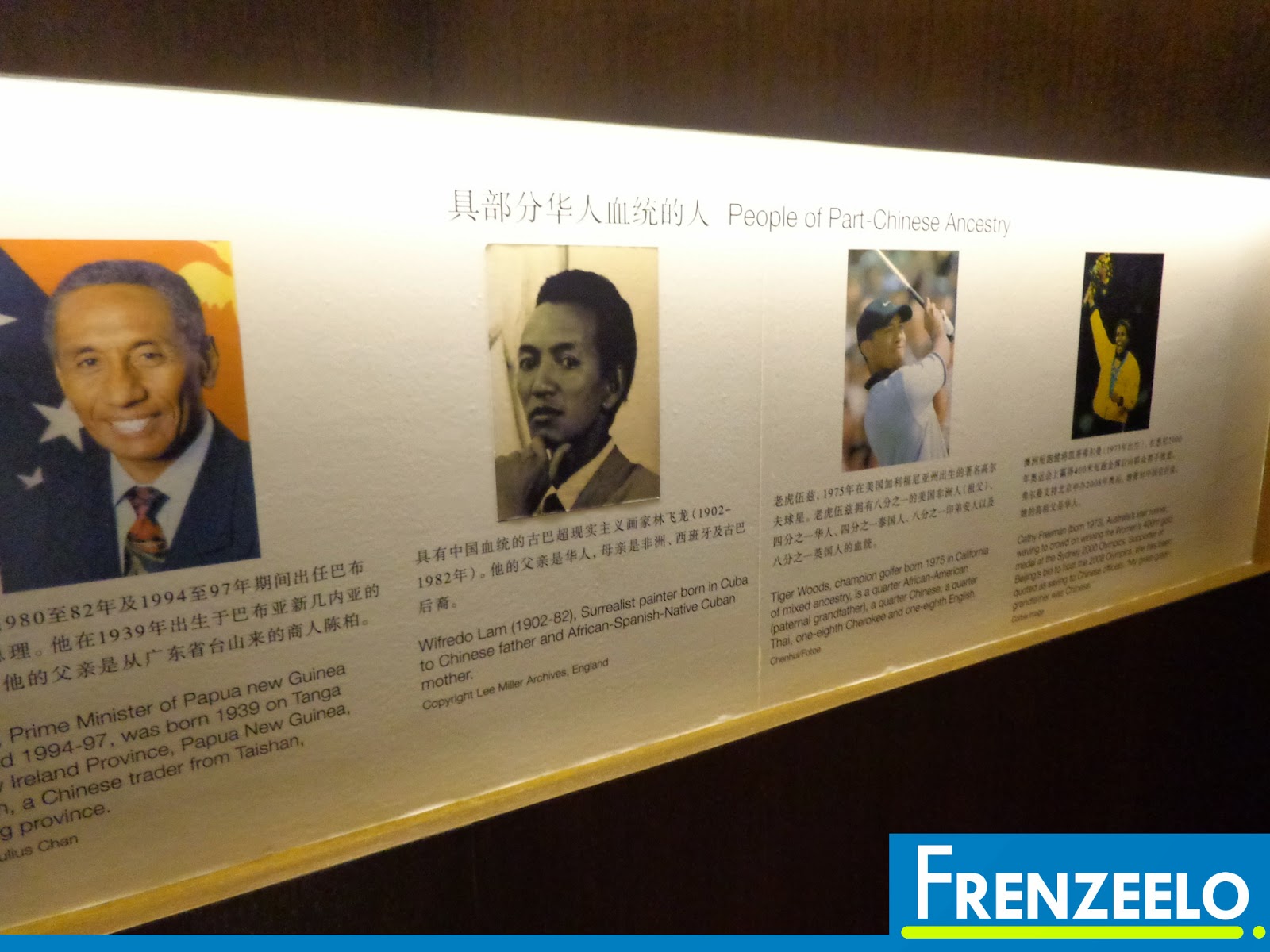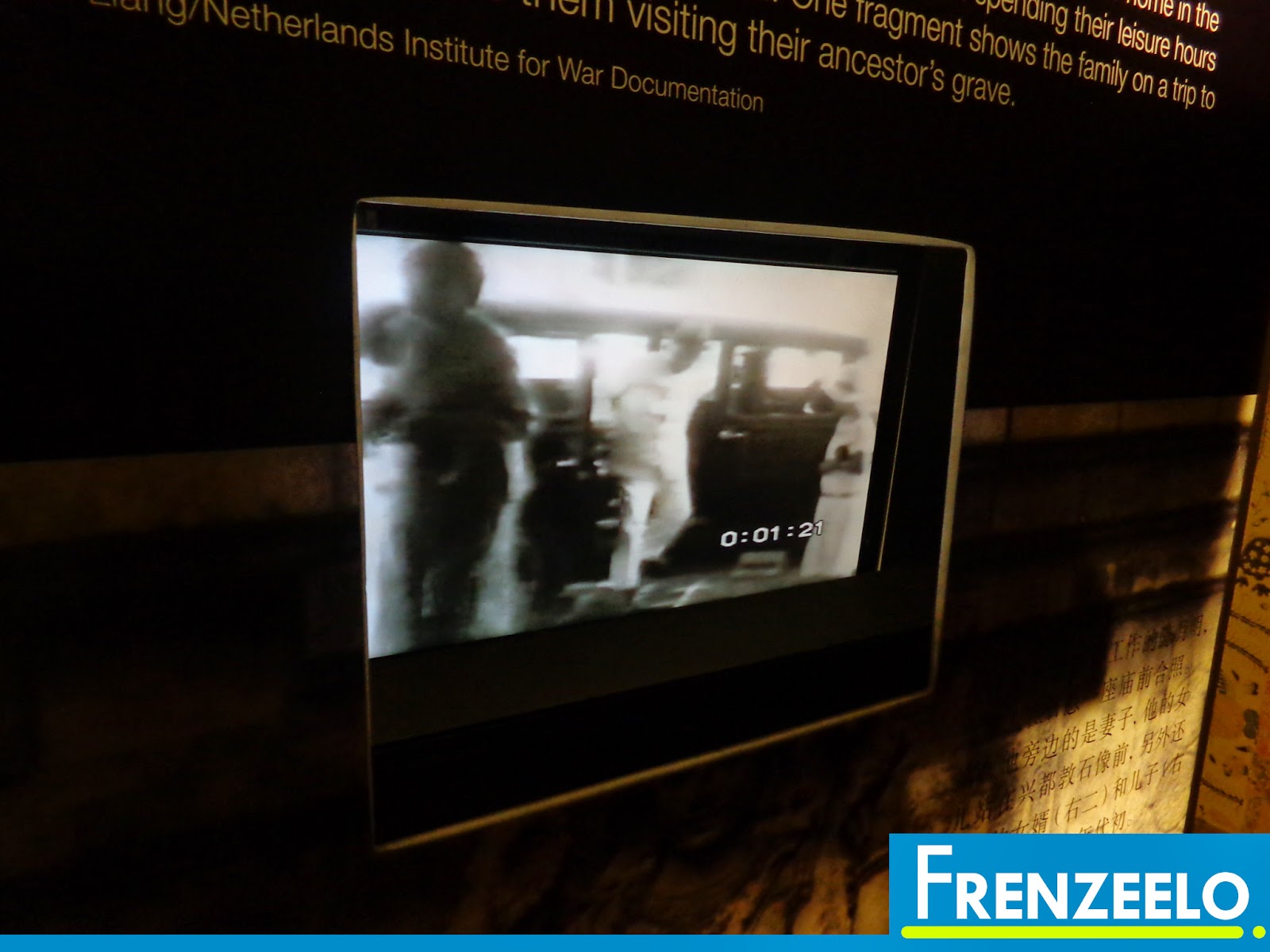Located right at the heart of the National Technological University or NTU for short, is the Chinese Heritage Centre, a historical building-turned museum that talks about Chinese heritage and the history of the Nanyang University. The museum is located in the administration building of the former Nanyang University and I took a visit in early January to find out more. Here are some highlights from my visit.
What is the NTU Chinese Heritage Centre
As mentioned earlier, the NTU Chinese Heritage Centre is a museum that talks about the history and background about the Chinese community and their contributions to society. The building itself is historical as it used to house the administration building of the former Nanyang University in the 1950s. After decades of operation, the university merged together with the University of Singapore to become the National University of Singapore campuses currently being located in Kent Ridge and Bukit Timah.
The Chinese Heritage Centre's building has some Chinese architecture elements to it as back then, it was the first Chinese university to be opened outside of China. It was eventually gazetted as a National Monument which is great news for history buffs as the building will still be here for years to come. The building is also quite popular among local photographers due to its unique heritage architecture.
Getting to the Chinese Heritage Centre
Getting there is easy but will take some time. Currently, there is only one bus service, 179, originating from Boon Lay Bus Interchange and you need to go one round around the NTU campus before finally reaching your destination. The nearest bus stop to the Chinese Heritage Centre is the bus stop outside the Innovation Centre along Nanyang Drive. More details on getting there will be mentioned at the end of this article.
Visiting the Chinese More Or Less Exhibition
The first exhibition that I visited was called Chinese More Or Less which basically talks about Overseas Chinese Identity. It's worth mentioning that the former director of the Chinese Heritage Centre came up with the exhibition and she herself was an author of a book titled "Sons of the Yellow Emperor". The exhibition features all kinds of Chinese figures from around the world and it wants visitors to know more about their Chinese identity.
Pictures of Various Chinese Figures
While walking around the exhibition, I got to know about various Chinese figures through the photos pasted all over. Each one of these Chinese figures have contributed to society in their own ways and you get to know more about their background and the story behind their contributions. The Chinese figures featured in the exhibition come from all over the world and not just China.
Chinese Heritage Artefacts
There were several artefacts available in the exhibition as well. There was a wall with ancient coins used in countries like the Republic of China (Taiwan) back then for trading along with pieces of paper with Chinese handwriting on it. One of which was a traffic map of the Kwong Wai Siew Pek San Teng Cantonese cemetery which is now taken over by the estate of Bishan New Town.
Over the years, things have changed a lot and it's good to preserve these artefacts so that our future generation get to know the significant historical value these items hold.
Famous People with Chinese Background
At another part of the exhibition, there was a wall featuring famous people with Chinese backgrounds. One of them was Tiger Woods who is a quarter Chinese with a mix of other races as well as another famous person, the Prime Minister of Papua New Guinea, Julius Chan who was born to a Chinese trader from the Guangdong province of China. There are definitely some more famous people with Chinese origins not featured and it'll definitely be interesting to know who.
Life-Sized Figures of Chinese Labourers
While walking along the exhibition, I came across some life-sized figures of Chinese labourers doing labour work. In the background, there were stories of the Chinese labourers and Samsui Women and the various work that they had to do like construction, trading, building train tracks and much more.
The purpose of this exhibit is to show the hard work done by the labourers and that without them, we wouldn't be able to live in a comfortable environment we are currently living in. Much respect to them for their hard work that they put in.
History of China
In another part of the exhibition, there was an exhibit which consists of timelines of the history of China from the 1900s to present. Some notable parts include the Chinese Communist Party's leader, Mao Zedong, taking control of China and the part where Singaporean bank, OCBC Bank, established a branch in the Fujian province of China as a result of former leader Deng Xiaoping's 'Reform and Opening' policy.
It's a great exhibit if you want to know about China's history and the history of the Chinese community in general. Lots of pictures accompany the information presented at the exhibit so that visitors can have a better understanding of Chinese history.
Old Video Footage of Chinese Families
Another part of the exhibition featured several Chinese families, especially Peranakan families, living their lives back in the olden days. Family portraits could be seen all around with their traditional clothings and there were even old video footage of the lives of the featured families.
The featured Peranakan families dressed slightly different than regular tradtional Chinese families as you can see from the exhibit. It's a great place if you want to know more about their lives and living conditions during the heydays and you can even find out more about the history of Peranakan families back in this special exhibit.
The Nantah Pictorial Exhibition
After taking a look at the Chinese More Or Less Exhibition, I went to another part of the Chinese Heritage Centre to check out the Nantah Pictorial Exhibition. On the outside, drawings of the building created by children were featured. What a great way to showcase the creativity of children here.
Taking A Look On the Inside
On the inside, the exhibition is more like the history of the Chinese Heritage Centre itself and the former Nanyang University which used the occupy the premises. On display were books, student cards and pieces of paper used by the students of the former Nanyang University. This gives a glimpse of the student life back then when Nanyang University was still around before the merger.
Pictures of the Old Nanyang University and Chinese Heritage Centre
As mentioned earlier, the building of the Chinese Heritage Centre used to be the administration block of the Nanyang University so at this part of the exhibition, there were several photos of the building itself back in the 1950s.
It's amazing that through the years, the building still looks and remains the same although with some slight modifications. There was also an old picture of the Yunnan Garden and the entrance to the Nanyang University which still exists to this day facing the Chinese Heritage Centre.
Memorabilia From The Good Old Days
A glass case full of memorabilia from the Nanyang University were also available for visitors to see. It was certainly very interesting to see these wonderful memorabilia. All these pictures and memorabilia were a great way for NTU students and members of the public to know more about the history of the Nanyang University.
After the merger of the Nanyang University and University of Singapore (which then became the current National University of Singapore, NUS), the Nanyang Technological University, NTU was set up in 1991 which then occupied the former premises of the Nanyang University.
Conclusion
After visiting the Chinese Heritage Centre at NTU, I certainly learnt a lot about the Chinese culture and Chinese heritage. It's a great place for anyone to visit to learn about Chinese heritage. You do have to pay for admission but it's free if you are a Singapore citizen. Although they charge admission fees, I did not see a ticketing counter (or anyone inside the building for that matter) which does seem odd.
Nonetheless, the building itself has a unique historical design and I can guarantee you that you will definitely take out your phone or digital camera and snap lots of photos of the building's exterior. You can then head over to the Yunnan Garden located opposite of the building for a stroll and take a look at the entrance of the former Nanyang University which, like the building, has been gazetted as a National Monument. Although it's quite a distance for me, it was definitely worth my time and I definitely had a great time.
Getting There
Bus services available: 179 (Bus stop along Nanyang Drive outside Innovation Centre)
Nearest MRT Station: EW28 Pioneer MRT Station (East West Line)
Website: http://chc.ntu.edu.sg/Pages/index.aspx






















